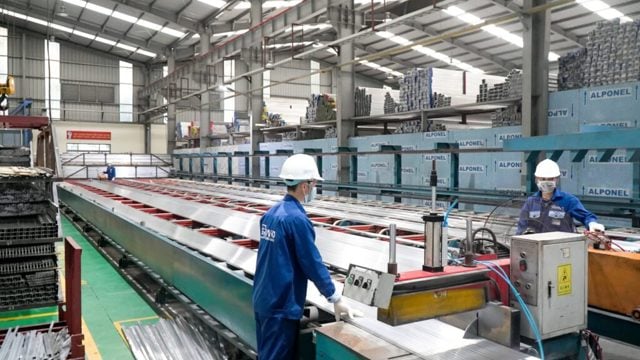
Three-month copper on the London Metal Exchange (LME) fell 1.0% to $9,182 a tonne in open trade, while aluminium fell 1.5% to $2,650.
Copper and aluminum hit their highest levels since Dec. 11 and Nov. 25, respectively, as Trump in his inaugural address refrained from immediately imposing import tariffs or targeting trade with China, the top consumer of the metals.
However, that relief was short-lived as Trump later said he was considering imposing a 25% tariff on imports from Canada and Mexico on February 1. He also said he wanted to reverse the US trade deficit with the European Union.
“With Trump back in the White House, downside risks have increased for industrial metals and potential US tariffs and a stronger dollar are likely to weigh on demand,” said Ewa Manthey, a commodities analyst at ING.
A stronger US dollar makes metals more expensive for holders of other currencies.
Canada is the major supplier of aluminum to the United States and the metal would likely be most affected by tariffs on Canadian imports, if imposed, which would lead to higher aluminum prices in the United States, Manthey added.
The growth-oriented metal could continue to decline this year if the timing and scope of U.S. tariffs lead to persistent inflation and delay a rate cut by the Federal Reserve. As of now, the Fed is expected to hold rates steady on Jan. 29 and cut again in March.
LME zinc fell 1.2% to $2,928 in official trading, while lead lost 1.8% to $1,950. Both zinc and lead markets were in small deficits in January-November, according to a global industry group. Tin fell 0.2% to $30,325, while nickel fell 0.3% to $16,050.
Source: https://kinhtedothi.vn/gia-kim-loai-dong-ngay-23-1-kim-loai-co-ban-giam.html



































Comment (0)